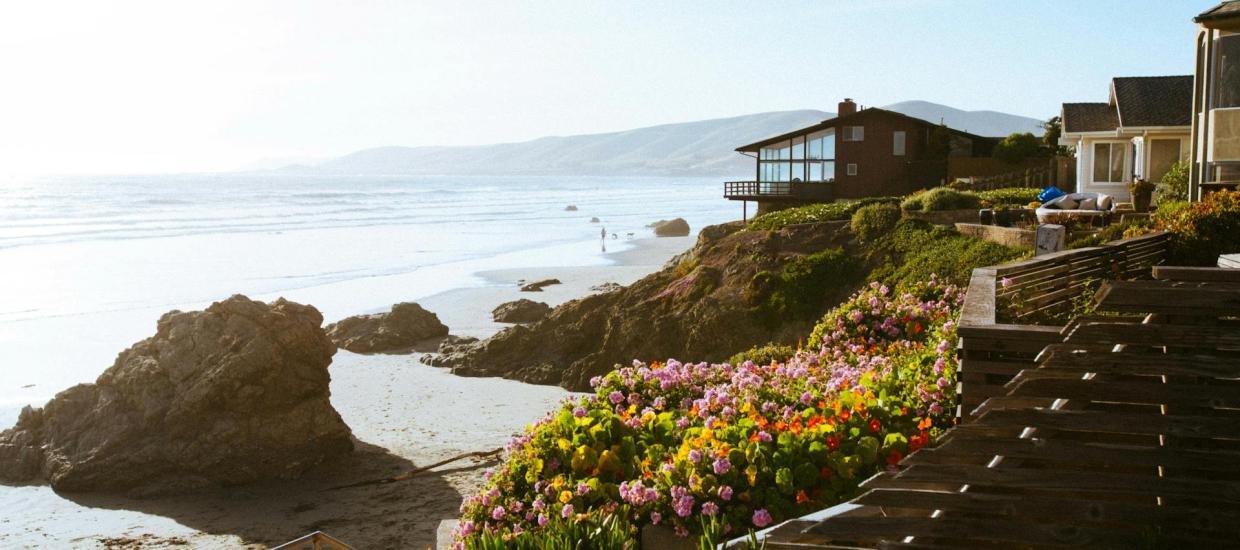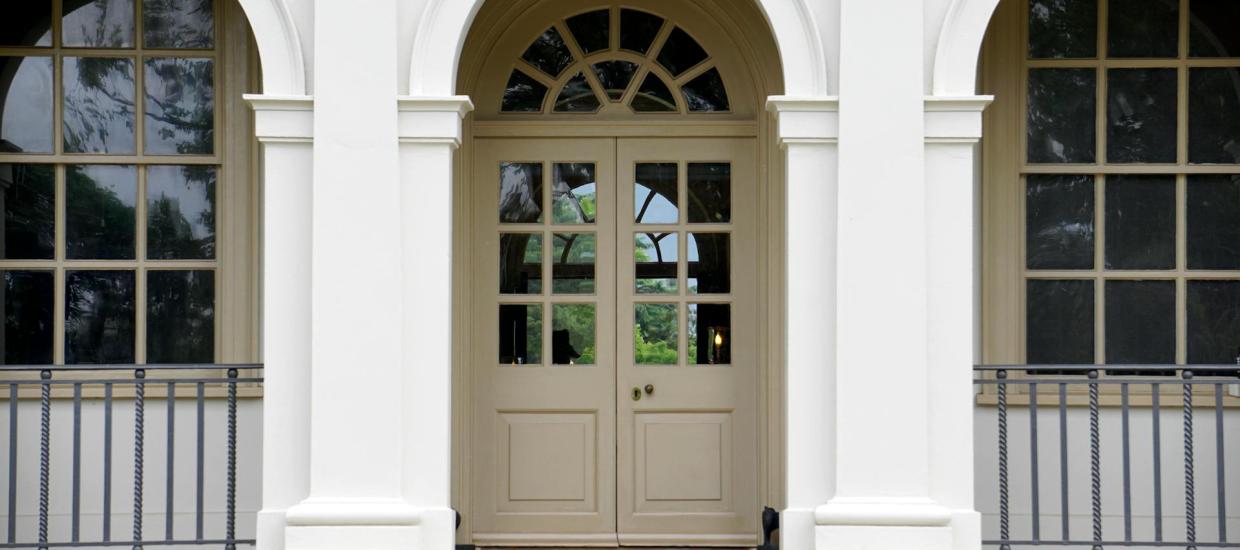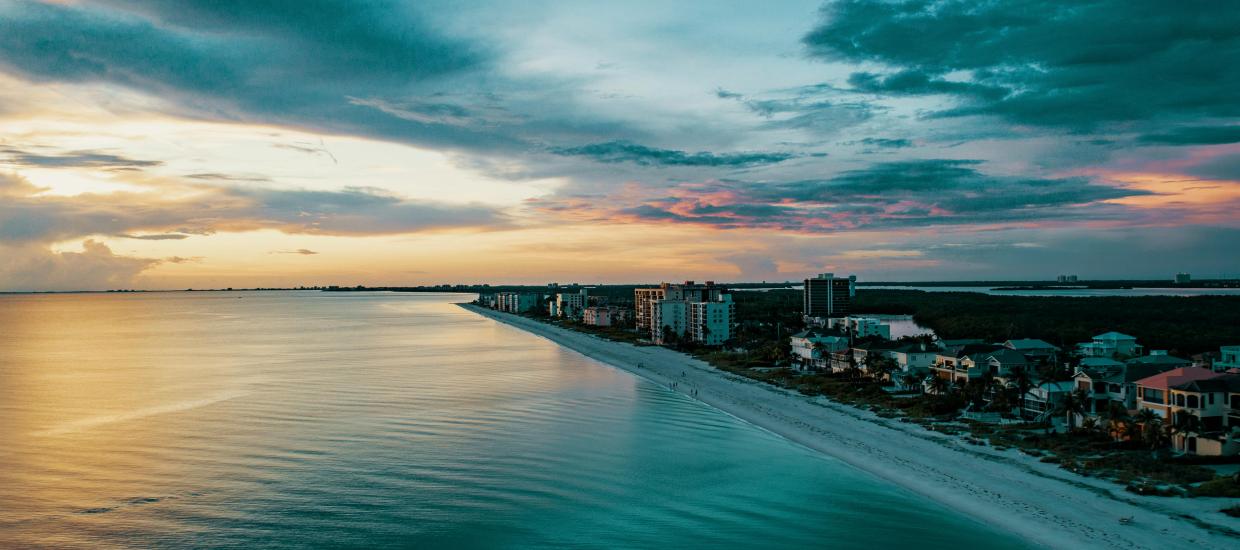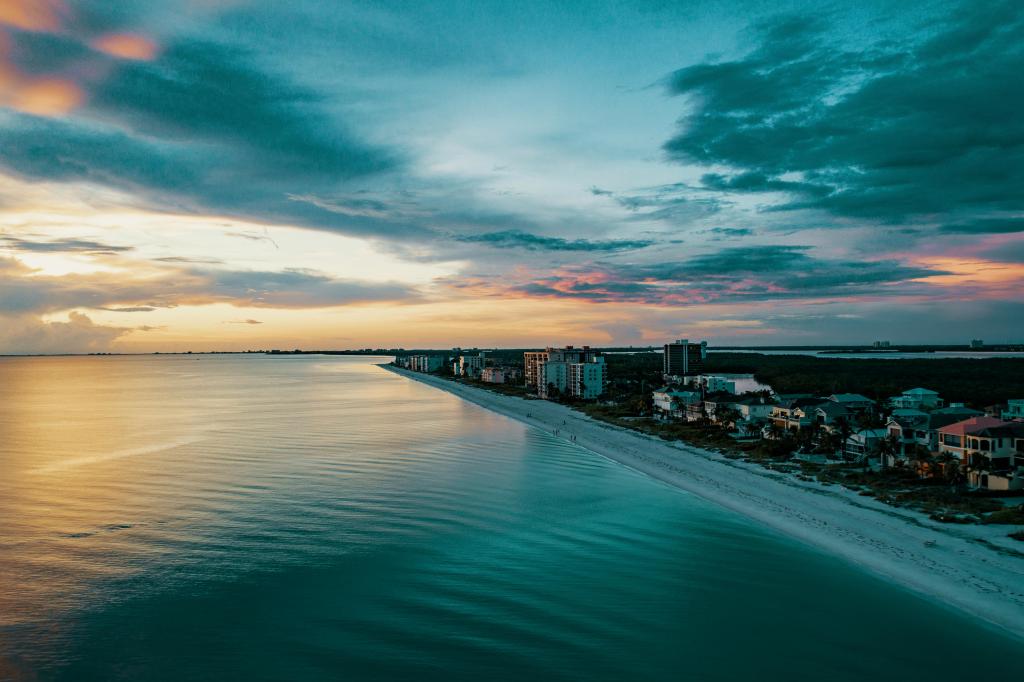Estimated reading time: 7 minutes

Coastal property owners understand the fine art of blending natural resilience with visual charm. In these uniquely temperate, sea-swept environments, where salt air, sandy soils, and moderate climates create both opportunity and challenge, cultivating a garden that thrives year-round is both a pleasure and a pursuit of balance. Among the most satisfying achievements in coastal gardening is the presence of uninterrupted blooms—those reliable, seasonless bursts of color that structure a landscape and evoke effortless elegance. Fortunately, several well-chosen plants offer precisely that.
This guide presents seven exceptional flowering plants, each curated for a specific U.S. coastal region—from the rocky Northeast to the breezy Gulf and all the way west to the misty Pacific. These selections are based on their suitability for regional microclimates, soil preferences, tolerance to salt and wind, and aesthetic appeal. Whether you’re designing container arrangements on a deck, crafting layered beds along a dune line, or elevating a patio border, these plants provide enduring color and understated luxury, month after month.
Upper East Coastal Regions – Hellebores (Helleborus spp.)

In coastal zones stretching from Cape Cod to coastal Maine, hellebores are a cornerstone for year-round garden interest. These evergreen perennials offer cup-shaped blooms in muted tones—creamy white, dusky pink, pale green, or burgundy—often pushing through snow in late winter. Thriving in part to full shade, hellebores favor well-amended, moisture-retentive but well-draining soil, making them ideal for in-ground woodland-style beds. They’re refreshingly resistant to deer and tolerate salt spray with minimal fuss.
Once established, hellebores require little watering beyond natural rainfall and benefit from a layer of mulch to maintain root moisture. Their architectural foliage and cool-season flowering give coastal New England gardens subtle structure throughout the year.
Mid-Atlantic Coastal Regions – Coral Bells (Heuchera spp.)

From Delaware to coastal Virginia, coral bells bring enduring appeal with both foliage and floral texture. Valued for their sculptural, scalloped leaves—ranging from silver and plum to chartreuse—they also produce slender stems of bell-shaped flowers beloved by hummingbirds. Coral bells perform admirably in containers or borders and tolerate light shade, though color and bloom production peak with morning sun and afternoon shade.
These hardy perennials adapt well to the sandy soils common on Mid-Atlantic coastlines and can handle moderate salt spray. Water regularly in the first season; once established, they’re low maintenance. For optimal longevity, divide every few years and remove spent flower spikes.
Southeastern Coastal Regions – Verbena (Verbena hybrida)

In hot, humid climates from coastal South Carolina through Georgia and northern Florida, verbena stands out for its relentless blooming and salt-air tolerance. Producing tight clusters of vividly colored flowers—often in violet, red, pink, or white—this low-growing perennial invites butterflies and resists deer. Verbena thrives in full sun and sandy, well-drained soil, making it equally suitable for in-ground planting along walkways or raised containers on porches and patios. It’s particularly valuable in coastal gardens for its drought resistance once established and its ability to provide season-long color without extensive care. Water sparingly but consistently, and deadhead regularly to encourage fresh blooms.
Gulf Coast Regions – Pentas (Pentas lanceolata)

For Gulf Coast properties stretching from Texas to the Florida Panhandle, pentas offer a lush, tropical flair with continuous flowering. Their star-shaped blooms cluster in generous heads of red, pink, white, or lavender, thriving in full sun and well-drained soil. Pentas perform beautifully in both containers and garden beds, tolerating high humidity and salt-laden breezes. They’re a magnet for bees, butterflies, and hummingbirds, adding movement and life to patios or pollinator gardens. While not fussy, pentas do appreciate regular watering during dry stretches. Avoid oversaturating; allowing the soil to dry slightly between waterings encourages root strength and overall resilience.
Pacific Northwest Coastal Regions – Winter Daphne (Daphne odora)

In Oregon and Washington’s temperate coastal zones, winter daphne offers an exceptional combination of evergreen form and luxurious fragrance. Its glossy foliage is dense and refined, while its early-season blooms—deep pink on the outside with pale centers—release a heady citrus scent even in the chill of late winter. Partial shade and well-draining, slightly acidic soil suit daphne best. While it’s best grown in-ground, daphne can adapt to large containers if drainage is impeccable. Avoid relocating it once planted, and water consistently but lightly—soggy roots are its only vice. Though not the easiest shrub to manage, it more than earns its place in the garden.
Northern California Coastal Regions – Lavender (Lavandula spp.)
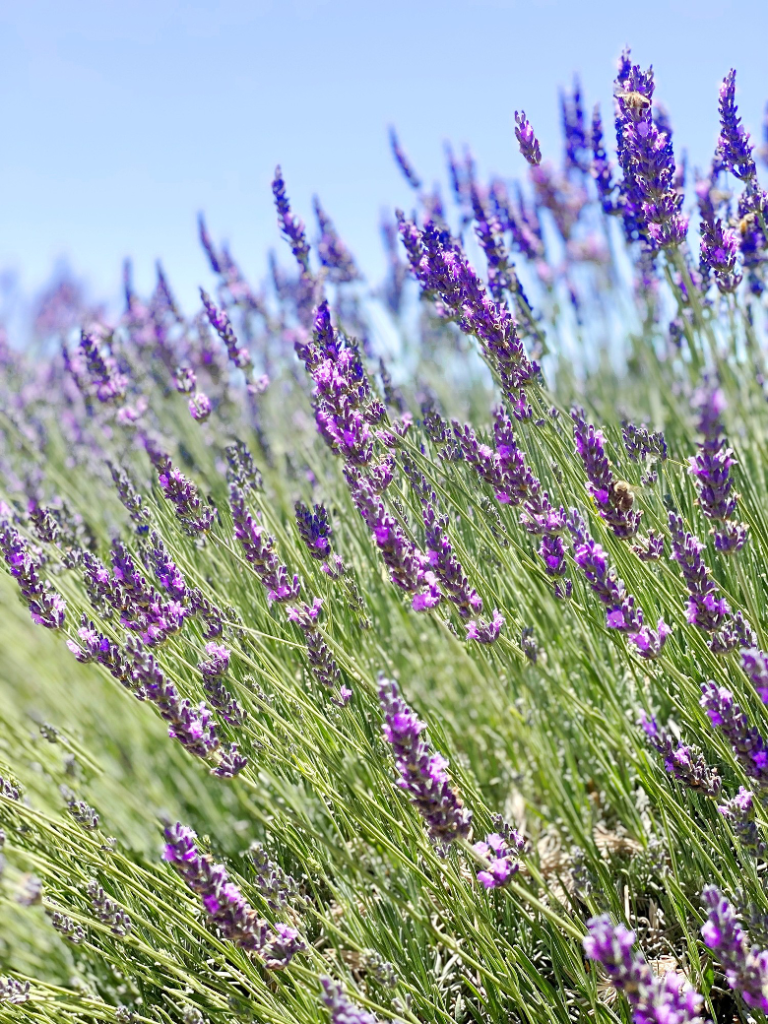
For the dry, breezy coasts from Monterey to Mendocino, lavender offers structure, fragrance, and endless utility. This Mediterranean native thrives in the region’s well-drained, sandy soils and fog-filtered sun. Choose varieties like ‘Provence’ or ‘Grosso’ for year-round performance and extended blooming. Lavender thrives in both in-ground beds and large terracotta containers, lining walkways or anchoring sunny patios with its upright silver foliage and iconic violet-blue blooms. It demands full sun and sharp drainage—too much water will spoil its roots. Once established, lavender requires minimal irrigation and responds well to annual pruning, particularly just after flowering, to maintain a tidy form.
So. California Coastal Regions – Bougainvillea (Bougainvillea spp.)

For coastal gardens from Santa Barbara to San Diego, few plants rival the drama and durability of bougainvillea. Its papery bracts—glowing in magenta, crimson, coral, or gold—cascade from trellises and walls in vivid abundance nearly all year long. Bougainvillea thrives in full sun and dry, sandy soils, making it a natural fit for Southern California’s Mediterranean climate. Ideal for in-ground planting along structures, it also performs in large containers where its roots can be slightly crowded. Water sparingly—overwatering reduces blooms—and prune strategically to shape growth and encourage new flowering. Salt-tolerant and drought-resistant, bougainvillea delivers color with minimal maintenance.
Coastal gardens present a unique dialogue between the natural environment and cultivated expression, and year-round blooming plants are the punctuation marks in that conversation. Choosing regionally adapted flowers not only reduces maintenance and water use but also enhances a property’s character and curb appeal. Whether you’re designing with the layered elegance of lavender in NorCal or the tropical charisma of verbena in the Southeast, these selections allow your garden to speak fluently in color, texture, and scent all year long—no matter where your coastal view begins. For more coastal-inspired gardening and landscaping tips, visit Beach Homes Lifestyles.

